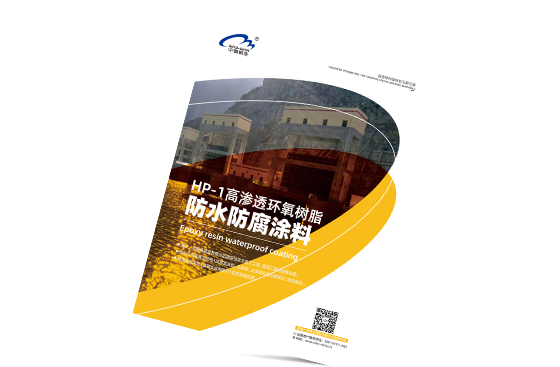Essential Guide to Concrete Repair: Techniques and Best Practices
Release Time:
2024-10-07 09:40
One of the most common issues faced in concrete structures is cracking. Cracks can be caused by a range of factors, such as shrinkage, temperature changes, and stress from heavy loads. Identifying the type of crack is essential for determining the appropriate repair method. For instance, hairline cracks may only require a sealant, while wider or deeper cracks may necessitate more extensive repair techniques, such as epoxy injection or using a concrete patch.
Surface scaling is another prevalent issue that can affect the aesthetics and longevity of concrete surfaces. This often occurs due to freeze-thaw cycles, de-icing chemicals, or poor finishing practices. To remedy surface scaling, professionals should first remove any loose material through grinding or sandblasting. Following this, a high-quality concrete resurfacer can be applied to restore the surface's appearance and protective qualities.
For significant structural problems, such as spalling or crumbling concrete, the repair process becomes more complex. It often requires the removal of the damaged concrete and replacing it with fresh concrete. This method ensures that the structural integrity is restored and prevents further deterioration.
Furthermore, proper preparation is key in any concrete repair project. This includes cleaning the damaged area thoroughly to remove dirt, grease, and any previous repair materials. A clean surface allows for better adhesion of repair materials, ensuring a long-lasting repair. Additionally, using the right tools and materials is crucial. Depending on the specific repair needs, options may include repair mortars, sealants, or additives that enhance the repair process.
After the repair, curing plays a vital role in ensuring the longevity of the repaired area. Curing helps in maintaining moisture levels and temperature, which are critical for the concrete to achieve its full strength.
In conclusion, mastering the techniques of concrete repair is essential for professionals in the construction and masonry materials industry. By understanding the types of damage and the appropriate repair methods, you can ensure that structures remain safe, functional, and aesthetically pleasing for years to come. Emphasizing proper preparation, material selection, and post-repair care will significantly enhance the effectiveness of your concrete repair efforts.
Latest News
High-Performance Cement Additive Redefines Green Construction Materials with Unmatched Strength and Sustainability
Effortless Strength: The Advantages of Carbon Fiber Wrap for Concrete Applications Table of Contents 1. Introduction to Carbon Fiber Wrap 2. What is Carbon Fiber Wrap? 3. Benefits of Carbon Fiber Wrap for Concrete 3.1 Enhanced Durability 3.2 Lightweight Properties 3.3 Flexibility and Versatility 3.4 Cost-Effectiveness
Concrete is a widely used building material known for its durability and strength. However, over time, environmental factors, heavy loads, and general wear can lead to the deterioration of concrete surfaces. Effective concrete repair is crucial for maintaining structural integrity and extending the lifespan of concrete installations. This guide explores essential methods and considerations for pro
Elevating Aesthetics with UHPC Facade Solutions: Transforming Architectural Design Table of Contents 1. Introduction to UHPC Facade Solutions 2. What is Ultra-High Performance Concrete? 3. The Advantages of Using UHPC for Facades 3.1 Exceptional Durability and Longevity 3.2 Aesthetic Versatility and Design Freedom 3.3 Sustainability and Environmental Benefits 4. Applications of UHPC in Modern Arch
Carbon fiber wrap is an advanced material that has gained traction in various industries, including construction and decorative design. Its unique properties make it an ideal choice for applications where strength, lightweight characteristics, and aesthetic appeal are paramount. In this article, we will explore the benefits, uses, and considerations of carbon fiber wrap, particularly within the co
Product Documentation
If you do not have a comprehensive understanding of our products, we have uploaded relevant technical documents for you to download and reference so that you can better understand our product usage and technical parameters
View More

Online Message











